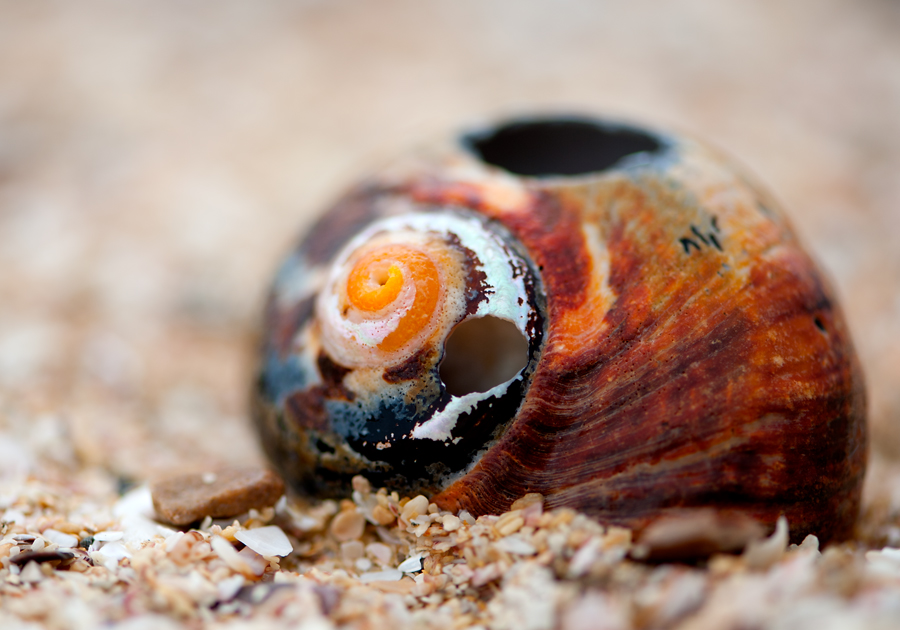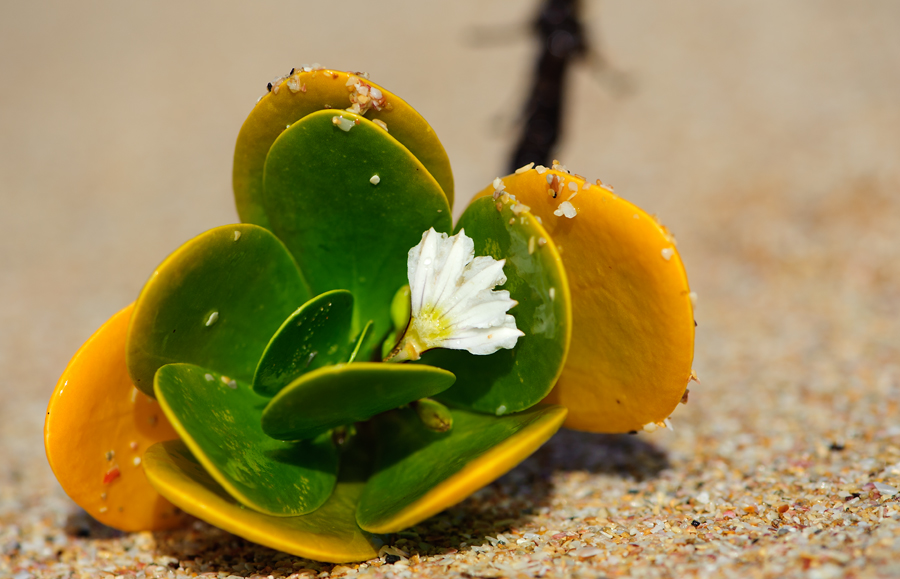If life is all about little details then macro photography is the shooting style for you.
Some of the most popular subjects for macro photography are flowers, leaves, insects and everyday things in nature that we’re not used to seeing close-up, making macro photography so captivating.
Close-up and macro photography are two of the most challenging forms of photography, yet potentially the most exciting and rewarding, often revealing stunning patterns, textures, colors and detail unseen by the naked eye. Good close-up and macro photography do not come easily though. They require meticulous technique, perseverance, and patience.
As with any form of photography, quality and direction of light is fundamental to the success of the image.
The term macro photography has a more tightly defined definition, generally being used for photography where the subject is reproduced at a magnification of life size or greater.
The lens used will help determine viewpoint and depth of field, which is a critical issue in close-up and macro photography, both in terms of the main subject, and the background behind it
When working with DSLRs, virtually any lens can be used for close-up and macro photography with the appropriate accessories, though some will certainly give better results than others, often being designed specifically for the purpose.
All the major camera and lens manufacturers make specialist macro lenses which are designed to give their best performance when used close to a subject (though they will also give excellent results when used for “normal” photography as well).
Achieving sufficient depth of field while maintaining high image quality is one of the greatest problems for a close-up photographer.
In general, in close-up and macro photography, depth of field is extremely small. Always make sure to focus on the most important part of a subject (the eye of an insect, for example). Depth of field can be defined as the distance between the furthest and nearest points of a subject that are acceptably sharp.
Holding the camera still at the point of exposure is critical in all areas of imaging, but especially with close-up or macro photography, where the slightest movement may be magnified and exhibited as camera shake. There are several forms of camera supports applicable to macro imaging, but the crucial characteristic of them all must be to hold the camera still at the moment of exposure, and enable precise movement of the camera when composing and focusing the image.
With any form of camera support, even the sturdiest tripod, it is possible to introduce movement into the system by heavy-handed firing of the shutter. This can be eliminated by the use of a cable release or other form of remote shutter release.
[Content compiled by Denese Lups with credit to Adrian Davies Close-up and Macro photography]








